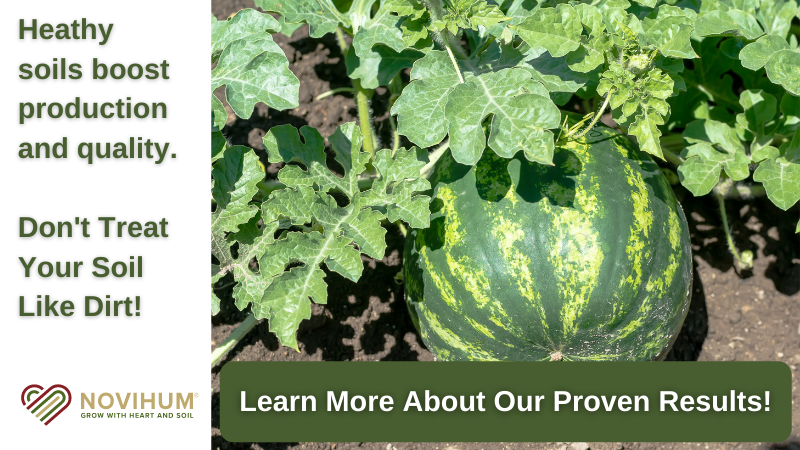COVID-19 Safety for Farmworkers at Center of $3 Million Project
It has been more than a year now since COVID-19 started its spread around the world. The toll on life as we knew it continues to mount. As essential employees, farmworkers have stayed on the job during the pandemic to plant, process, and harvest the nation’s food.
Agricultural safety experts and communicators at the University of California, Davis, have launched the COVID-19 Statewide Agriculture and Farmworker Education Program to help reverse a trend that shows a sector of the workforce that has been heavily impacted by the virus.
Funded by a $3 million contract with the California Labor and Workforce Development Agency, the project provides workers, growers, farm labor contractors, community groups, and others the training and safety information they need to reduce farmworkers’ risk of contracting COVID-19.
The COVID-19 farmworker safety project is led by experts at the UC Davis Western Center for Agricultural Health and Safety, who are collaborating with the UC Davis College of Agricultural and Environmental Sciences Communications team, a network of community-based organizations, and agricultural industry groups.
“Our team will work directly with community organizations who are trusted by farmworkers and have already been assisting them throughout this COVID crisis,” says Heather Riden, Program Director at the Western Center for Agricultural Health and Safety. “Our goal is to amplify their efforts and help them build capacity as they continue to provide critical COVID safety information to their communities.”
The team also is working closely with farmers and others in the agriculture industry as they navigate state COVID-19 workplace safety standards, establish protocols, and provide employees the tools they need to stay safe on the job.
The program will be especially active in areas of high agricultural employment, such as the Central Valley, the Imperial Valley, Napa Valley, and fertile regions along California’s south and central coastlines.
Learn more and register for upcoming presentations on the UC Davis Western Center for Agricultural Health and Safety website.










